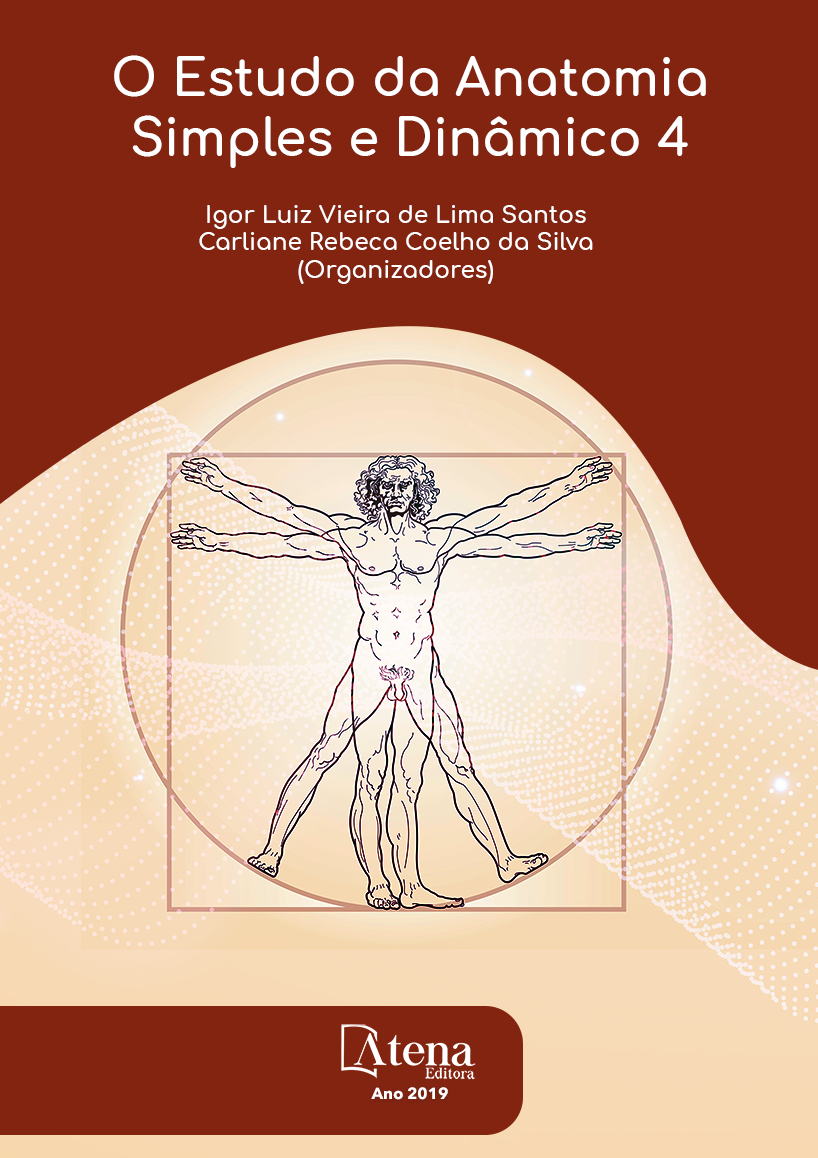
RELAÇÃO ENTRE FUNÇÃO MANDIBULAR E POSTURA CÉRVICO-TORÁCICA: RELATO DE CASO
O sistema estomatognático, é uma
entidade anatomofisiológica que apresenta
componentes estáticos como: osso hióide,
mandíbula, maxila e ossos do crânio, interligados
pela articulação temporomandibular (ATM) e
componentes dinâmicos: músculos e nervos. A
ATM é envolvida em funções como: mastigação,
deglutição, expressão facial, também se
encontram inseridos nessa dinâmica a posição
da mandíbula, da língua e do osso hióide. Dessa
forma, sabe-se que existem influências das
alterações nos parâmetros estomatognáticos
relacionadas às mudanças posturais. Contudo,
as relações entre função mandibular e
postura cérvico-torácica ainda são bastante
controversos quando se trata de indivíduos
com disfunções temporomandibulares (DTMs).
O presente estudo consiste em caracterizar
a relação entre função mandibular e postura
cérvico-torácica de paciente com DTM, a partir
de um relato de caso de um paciente de 79
anos, sexo feminino com DTM mista (articular/
muscular) diagnosticada pelos critérios do
Research Diagnostic Criteria (RDC), com
história de zumbido, cefaleia occipital, estalidos
e creptos articulares, padrão oclusal classe
I segundo a classificação de Angle. Diante
dos dados analisados, a função mandibular
caracterizou-se por: redução da amplitude
de movimento de abertura da boca com
interferências oclusais durante os movimentos
bordejantes e, provavelmente relaciona-se as
dores crânio-cérvico-mandibulares (moderada/
severa), hiperlordose cervical, rotação
posterior do crânio e hipercifose torácica.
RELAÇÃO ENTRE FUNÇÃO MANDIBULAR E POSTURA CÉRVICO-TORÁCICA: RELATO DE CASO
-
DOI: 10.22533/at.ed.44719250918
-
Palavras-chave: Síndrome da Disfunção Temporomandibular; dor; postura
-
Keywords: Temporomandibular disorder, pain; posture
-
Abstract:
The stomatognathic system is an anatomophysiological entity that
presents static components such as: hyoid bone, jaw, jaw and skull bones, intertwined
by the temporomandibular Joint (TMJ) and dynamic components: muscles and nerves.
The TMJ is involved in functions such as: chewing, swallowing, facial expression, also
inserted in this dynamic the position of the mandible, tongue and hyoid bone. Thus, it
is known that there are influences of changes in stomatognathatic parameters related
to postural changes. However, the relations between the mandibular function and the
cervical-thoracic posture are still quite controversial when it comes to individuals with
temporomandibular disorders/ Temporomandibular dysfunctions (TMDs). The present
study is to characterize the relationship between mandibular function and cervicalthoracic
posture of patients with TDM, from a case report of a 79-year-old female
patient with mixed TMD (articular/muscular) diagnosed by the criteria of the Research
Diagnostic Criteria (RDC), with a history of tinnitus, occipital headache, crackle and
joint creents, class I occlusal pattern according to the Angle classification. In view of
the data analyzed, the mandibular function was characterized by: reduction of mouth
opening range of motion with occlusal interferences during the borning movements
and, it is probably related to the craniofacial-cervical-mandibular pain (moderate/
severe), Cervical hyperlordosis, posterior skull rotation and thoracic hyperkyphosis.
-
Número de páginas: 15
- Ana Paula de Lima Ferreira
- Juliana Avelino Santiago
- Carolina Natália Lima Vieira
- Maryllian de Albuquerque Vieira
- Carla Cabral dos Santos Accioly Lins
- Victor Alexandre Felício Trancoso


